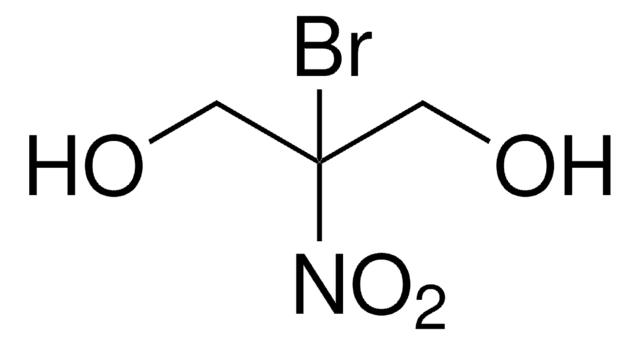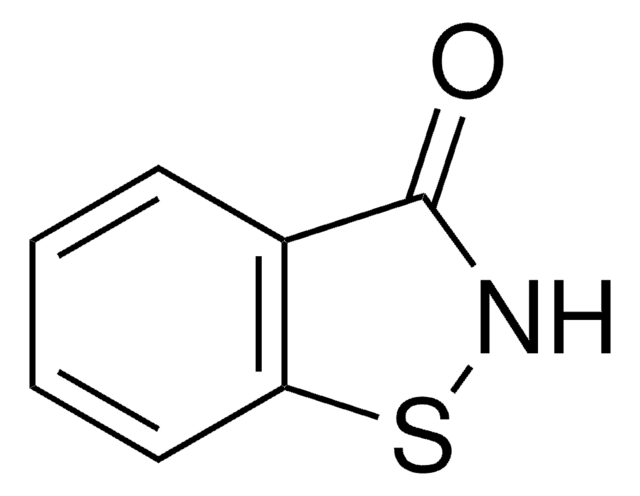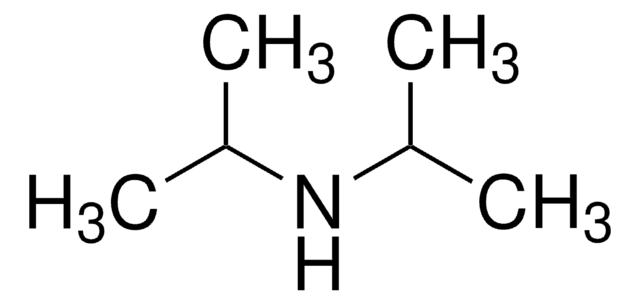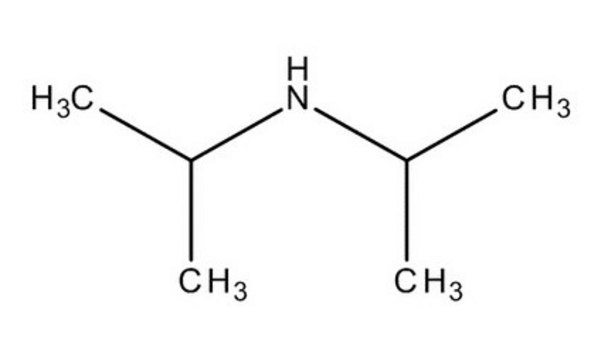540978
2,2-Dibromo-2-cyanoacetamide
96%
Synonym(s):
Dibromocyano acetic acid amide
About This Item
Recommended Products
Quality Level
Assay
96%
mp
122-125 °C (lit.)
functional group
amide
bromo
nitrile
SMILES string
NC(=O)C(Br)(Br)C#N
InChI
1S/C3H2Br2N2O/c4-3(5,1-6)2(7)8/h(H2,7,8)
InChI key
UUIVKBHZENILKB-UHFFFAOYSA-N
Related Categories
General description
Signal Word
Danger
Hazard Statements
Precautionary Statements
Hazard Classifications
Acute Tox. 2 Inhalation - Acute Tox. 3 Oral - Aquatic Acute 1 - Aquatic Chronic 1 - Eye Dam. 1 - Skin Irrit. 2 - Skin Sens. 1 - STOT RE 1 Inhalation
Target Organs
Respiratory Tract
Storage Class Code
6.1A - Combustible acute toxic Cat. 1 and 2 / very toxic hazardous materials
WGK
WGK 3
Flash Point(F)
Not applicable
Flash Point(C)
Not applicable
Personal Protective Equipment
Choose from one of the most recent versions:
Certificates of Analysis (COA)
Don't see the Right Version?
If you require a particular version, you can look up a specific certificate by the Lot or Batch number.
Already Own This Product?
Find documentation for the products that you have recently purchased in the Document Library.
Our team of scientists has experience in all areas of research including Life Science, Material Science, Chemical Synthesis, Chromatography, Analytical and many others.
Contact Technical Service












